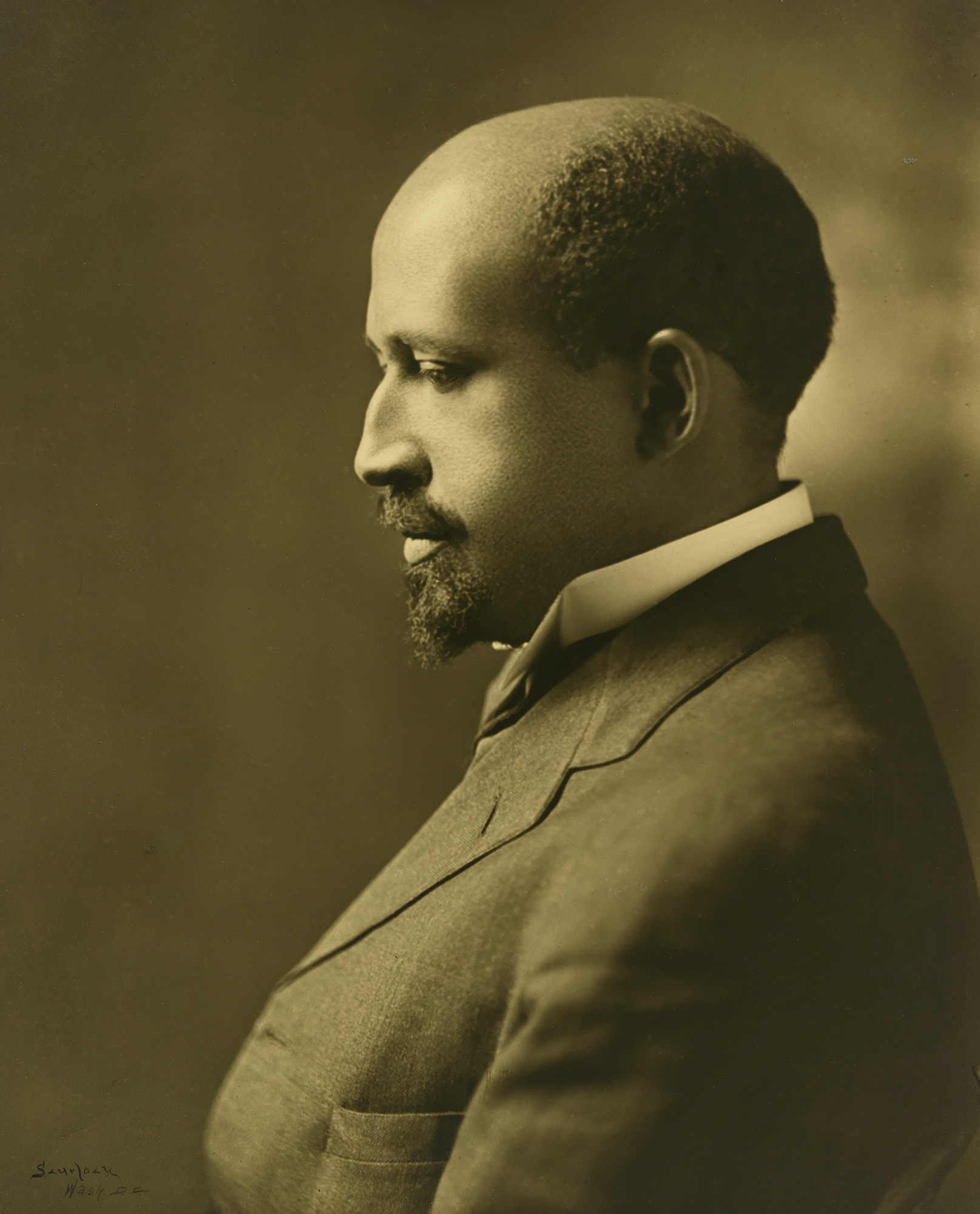William Edward Burghardt Du Bois was arguably the child of two revolutions. One in Haiti, where his father Alfred Du Bois was born in freedom because a nation of enslaved people had overthrown their masters, and one in America, where his maternal great great grandfather was granted freedom after fighting for the Continental Army, which was led by slave owners who conceived of no liberty but their own.
Du Bois himself was born in 1868, in the midst of a third revolution: Reconstruction, in which America would for the first time seek to construct a true multiracial democracy. He came of age as the dawn of Reconstruction gave way to the long night of Jim Crow, but in his lifetime he would help build a fourth revolution that would come to be known to most Americans as the civil-rights movement. Du Bois would serve both as an architect of civil-rights organizations themselves and as an unparalleled warrior in the battle of ideas.
In his 1897 essay in The Atlantic, “Strivings of the Negro People,” Du Bois would introduce for the first time his concept of “double consciousness,” writing that Black people wished “to make it possible for a man to be both a Negro and an American without being cursed and spit upon by his fellows, without losing the opportunity of self-development.” The so-called “Negro problem,” he wrote, was “merely a stern concrete test of the underlying principles of the great republic.” We have yet to pass it.
